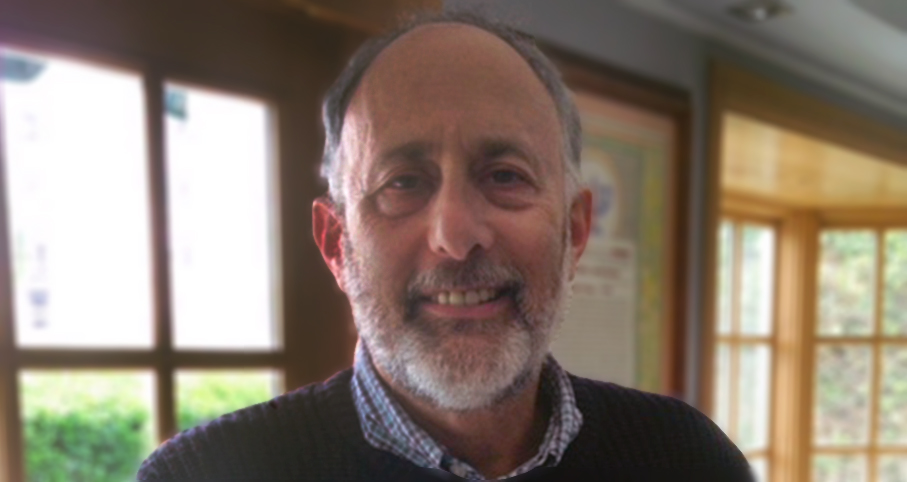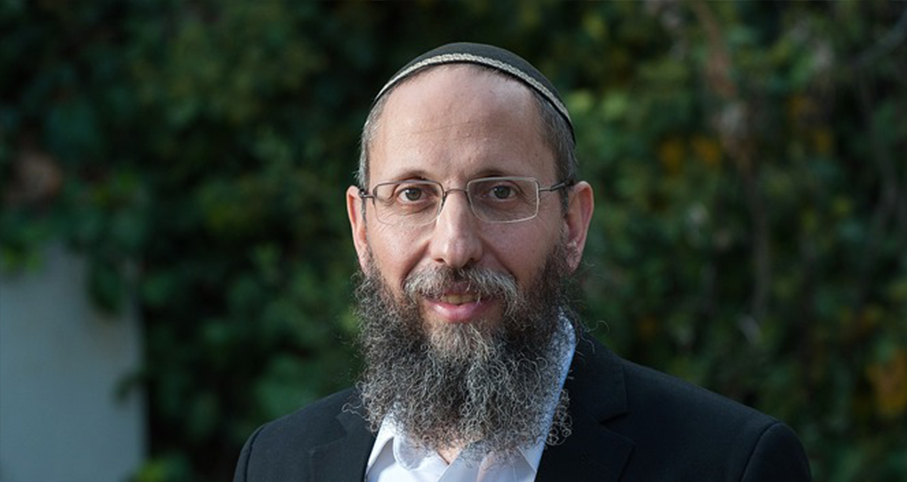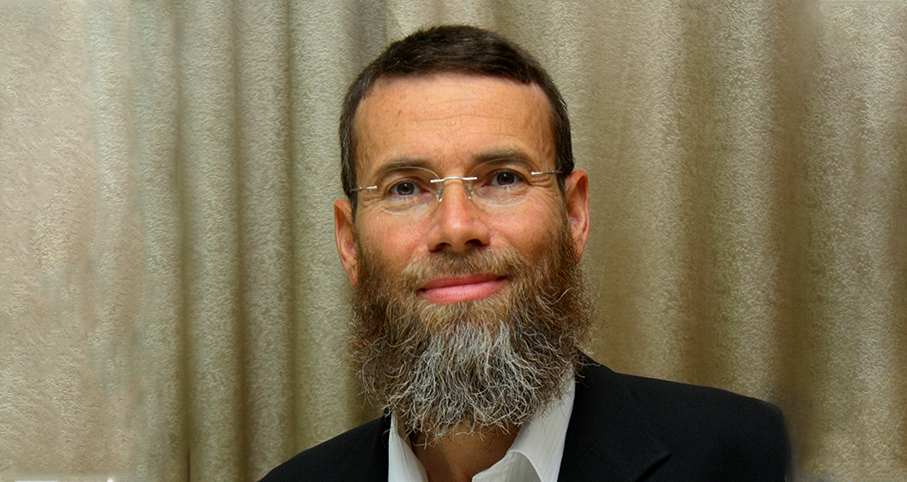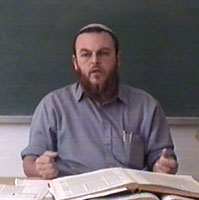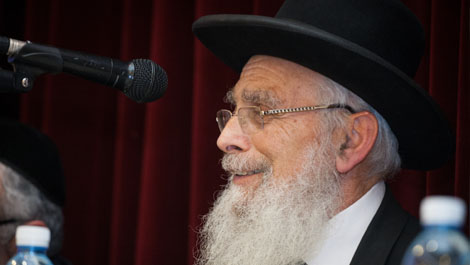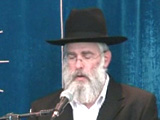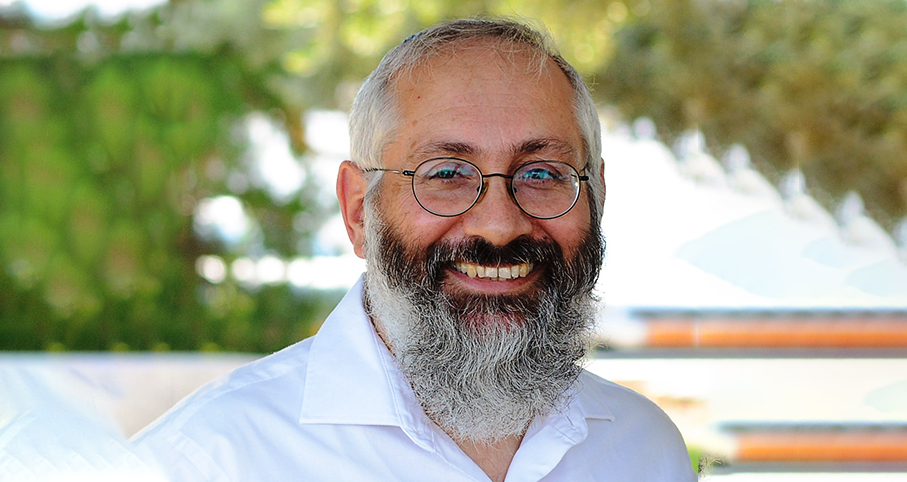Beit Midrash
- Torah Portion and Tanach
- D'varim
- Ki Tavo
- Shabbat and Holidays
- The High Holidays
- Rosh Hashana
Every Jewish holiday has a representative color: Yom Kippur is white, of course; Pesach is blue or t’chelet, etc. And every Chag also has a unique icon associated with it: Matza, the Menora, a Sukka, the Shofar, etc.
Each Yom Tov also connects to one of the senses: Pesach is all about speech ("peh-sach," the mouth talks; reading the Hagada, etc). Shavuot is about sight ("the people saw the thunder & the lightening" at Har Sinai). Sukkot relates to touch (holding the Arba Minim, building the Sukka). What sense connects to Rosh Hashana?
I suggest that Rosh Hashana’s essential focus – perhaps along with Yom Kippur - is on hearing: The many tefilot that we hear ourselves saying, the booming voice of the Chazan, the appeal to G-d to listen to our prayers (as in "Sh’ma Koleynu") and, of course, hearing the Shofar. In fact, the unusual bracha that the Bal Tokaya will make before performing the Mitzva of shofar is "lish’moa kol shofar," to hear the various sounds of the shofar, rather than produce them. And the responsive prayer we say just before shofar-blowing includes the petition:
"You can hear my voice, Hashem; please do not close your ears to my plea for salvation."
People always ask: "How do I know that Hashem hears me when I pray? After all, I do all the talking, & He never says a word!" But in a world where we so often talk over each other (have you ever heard a TV interview in Israel, or worse, a debate in the Knesset, where the participants all scream & yell, & no one listens?!) isn’t it comforting that G-d is letting us speak without any interruption?
In the Selichot prayers that start (for Ashkenazim) this Motzei Shabbat, we begin to voice our confession to G-d, a vidui that we’ll continue through Yom Kippur. But we also recite a beautiful piyut that contains the phrase:
"G-d, You who dwells in a place on high: bend your ear to listen el ha-rina, v’el ha’t’fila."
The word or name "Rina" means "a joyful song;" it has the gematriya of 265, which equals "al ha-nisim." When we put our heart & soul into our prayers, we create a marvelous melody to G-d that fills the halls of Heaven. We can be assured, without a doubt, Hashem will hear that song & perform miracles on our behalf. You hear?

Gratitude for the Land of Israel
Rabbi Moshe Tzuriel | Elul 20 5782

Hakarat Hatov – The Heart of Our Religion
Rabbi Yossef Carmel | Elul 16 5775

Gifts to the Poor
Rabbi Yirmiyohu Kaganoff | 14 Elul 5783

